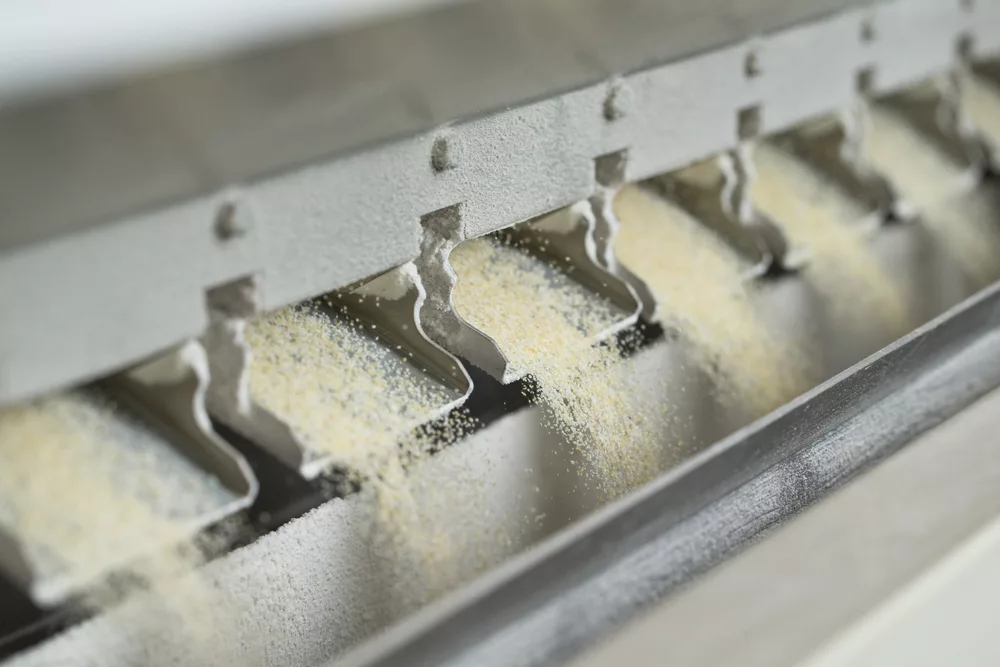Micro steam turbine is the important option for power generation in Nepal, particularly in areas where there is a steady supply of steam or hot water. Steam turbines are widely used for electricity generation and can be scaled down to smaller sizes for micro or mini power plants.
Here are some key points to consider regarding micro steam turbines in Nepal:
Resource Availability: One of the primary factors for utilizing steam turbines is the availability of steam or hot water. Nepal has significant geothermal resources, especially in areas like the Himalayan region, where hot springs and geothermal reservoirs are present. If there are reliable sources of steam or hot water, micro steam turbines can harness this energy to generate electricity.
Power Generation Capacity: Micro steam turbines typically have lower power generation capacities compared to larger-scale turbines. They are suitable for decentralized power generation or in situations where the energy demand is relatively low. Depending on the size and efficiency, micro steam turbines can generate power ranging from a few kilowatts to a few hundred kilowatts.
Site Selection: The site selection for installing micro steam turbines is crucial. It requires a thorough assessment of the steam or hot water source, including temperature, pressure, and flow rate. Additionally, factors such as accessibility, land availability, and environmental considerations should be evaluated.
Infrastructure and Maintenance: Installing micro steam turbines requires certain infrastructure and maintenance considerations. This includes the steam supply system, condensate management, electrical connections, and control systems. It’s important to ensure that the necessary infrastructure is in place and that there is access to skilled technicians for maintenance and repairs.
Economic Viability: Assessing the economic viability of micro steam turbines is essential. Factors such as the initial investment cost, operating and maintenance costs, and the potential revenue from electricity generation should be considered. It’s important to compare the costs and benefits with other available options for power generation in the specific context of Nepal.
Overall, micro steam turbines can be a suitable option for power generation in Nepal, especially if there are reliable steam or hot water resources. However, a comprehensive feasibility study considering technical, economic, and regulatory aspects is essential before implementing such projects.
Turtle Turbines manufactures steam turbines from the range of 50kW to 3000kW.
Turtle Turbines is one of the most reputed Steam Turbine Manufacturers In India. For more information visit now https://turtleturbines.com











